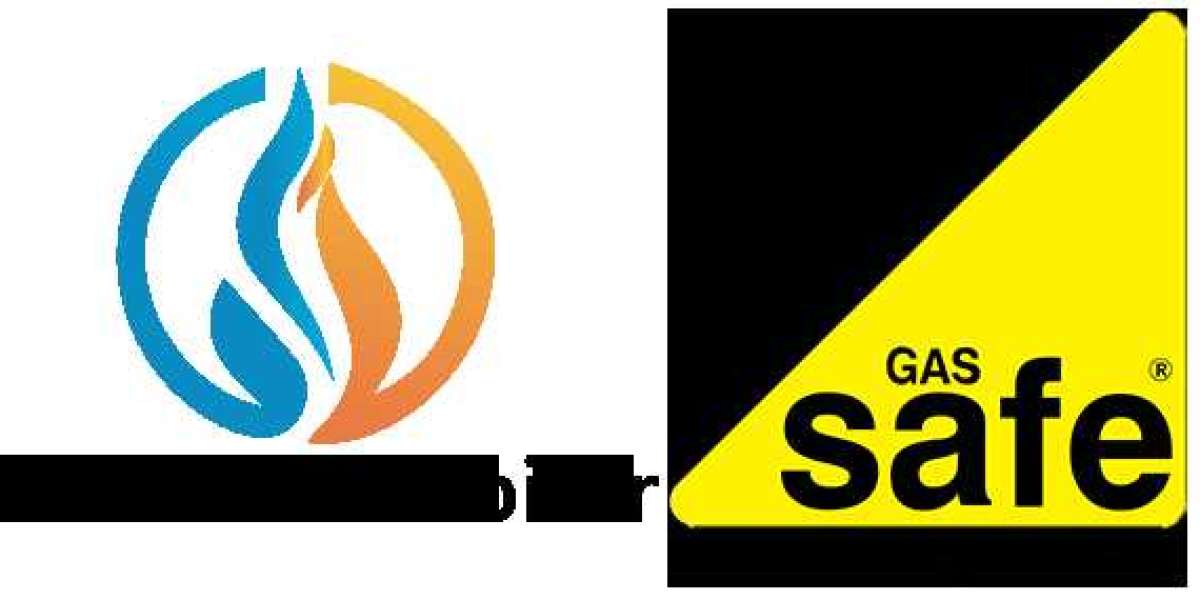Central heating installation is a crucial aspect of home comfort and energy efficiency. This comprehensive guide delves into the intricacies of central heating installation, offering valuable insights and practical steps to ensure your home remains warm and efficient throughout the colder months.
Introduction
Central heating installation is an investment that brings warmth and comfort to your home. As energy efficiency and sustainable living become more important, understanding the nuances of this process is essential. This guide provides a detailed look into the steps, benefits, costs, and maintenance of central heating systems, ensuring you make an informed decision for your household.
Understanding Central Heating Systems
Types of Central Heating Systems
Central heating systems come in various types, each with unique features and benefits. The most common types include:
- Gas Central Heating: Efficient and cost-effective, utilizing natural gas to heat water, which is then circulated through radiators or underfloor heating systems.
- Electric Central Heating: An alternative for homes without gas supply, using electric radiators or storage heaters.
- Oil Central Heating: Ideal for rural areas, using oil stored in a tank to fuel the heating system.
- Renewable Central Heating Systems: Incorporating solar panels, heat pumps, or biomass boilers for an eco-friendly heating solution.
Components of a Central Heating System
A central heating system comprises several key components:
- Boiler/Furnace: The heart of the system, where fuel is burned to generate heat.
- Radiators/Underfloor Heating: Devices that distribute heat throughout the home.
- Thermostat: Controls the temperature by regulating the heat output.
- Pipes and Pumps: Transport hot water from the boiler to radiators and back.
Benefits of Central Heating Installation
Energy Efficiency
Modern central heating systems are designed to be energy-efficient, reducing energy consumption and lowering utility bills. By upgrading to a high-efficiency boiler or incorporating renewable energy sources, homeowners can significantly cut their energy costs.
Consistent and Controlled Heating
Central heating systems provide consistent and evenly distributed heat throughout the home. With programmable thermostats, you can control the temperature in different zones, ensuring optimal comfort and energy savings.
Increased Property Value
Installing a central heating system can enhance your home's market value. Prospective buyers often prioritize homes with efficient and reliable heating systems, making it a worthwhile investment.
Costs Involved in Central Heating Installation
Initial Installation Costs
The cost of installing a central heating system varies based on factors such as the type of system, the size of your home, and the complexity of the installation. On average, homeowners can expect to spend between $3,000 and $7,000 for a standard gas central heating system.
Operating Costs
Operating costs depend on the fuel type and the system's efficiency. Gas heating systems are generally cheaper to run compared to electric or oil systems. Renewable systems may have higher upfront costs but offer long-term savings on energy bills.
Maintenance and Repairs
Regular maintenance is crucial to ensure the longevity and efficiency of your central heating system. Annual servicing of the boiler and periodic checks of the radiators and pipes can prevent costly repairs and extend the system's lifespan.
Step-by-Step Central Heating Installation Process
1. Planning and Design
The first step in central heating installation involves planning and designing the system. A professional heating engineer will assess your home's heating requirements, considering factors such as the size of the property, insulation, and existing infrastructure.
2. Choosing the Right System
Based on the assessment, you can choose the most suitable heating system for your home. Consider factors like fuel availability, installation costs, and long-term operating expenses.
3. Installation of Boiler/Furnace
The boiler or furnace is installed in a central location, often in a utility room or basement. The installation includes connecting the boiler to the fuel supply and ensuring proper ventilation.
4. Installing Radiators or Underfloor Heating
Radiators are strategically placed in rooms to ensure even heat distribution. Alternatively, underfloor heating systems are installed beneath the floor, providing efficient and discreet heating.
5. Connecting Pipes and Pumps
Pipes and pumps are installed to circulate hot water from the boiler to the radiators and back. This step involves precise measurements and connections to ensure efficient water flow and heat transfer.
6. Electrical Connections and Thermostat Setup
The electrical components of the system, including the thermostat, are connected and configured. The thermostat allows you to control the temperature and program heating schedules.
7. Testing and Commissioning
Once the installation is complete, the system is thoroughly tested to ensure all components function correctly. The heating engineer will check for leaks, ensure proper heat distribution, and calibrate the thermostat.
Maintenance Tips for Central Heating Systems
Regular Servicing
Annual servicing of the boiler by a qualified technician is essential to maintain efficiency and safety. This includes cleaning components, checking for wear and tear, and ensuring optimal performance.
Bleeding Radiators
Over time, air can become trapped in radiators, reducing their efficiency. Bleeding the radiators removes this air, ensuring they heat up properly.
Inspecting Pipes and Insulation
Regularly inspect pipes for leaks or corrosion and ensure they are adequately insulated to prevent heat loss. Insulating pipes can improve energy efficiency and reduce heating costs.
Monitoring System Performance
Keep an eye on your heating system's performance. If you notice any unusual noises, inconsistent heating, or increased energy bills, it may indicate a problem that requires professional attention.
Central Heating Installation for Different Types of Homes
New Builds
For new build homes, central heating installation is typically easier and more cost-effective. The system can be integrated into the construction process, ensuring optimal placement of components and minimal disruption.
Existing Homes
Retrofitting a central heating system in an existing home can be more challenging. It may require additional work, such as installing new pipes or upgrading insulation. However, the benefits of improved comfort and energy efficiency make it a worthwhile investment.
Historic and Listed Buildings
Installing central heating in historic or listed buildings requires special considerations to preserve the building's character. This may involve using discreet radiators or underfloor heating systems and ensuring compliance with conservation regulations.
Frequently Asked Questions
What is the average cost of central heating installation?
The cost varies depending on factors like system type, home size, and installation complexity. On average, it ranges from $3,000 to $7,000.
How often should a central heating system be serviced?
Annual servicing is recommended to maintain efficiency and safety. Regular maintenance helps prevent costly repairs and prolongs the system's lifespan.
Can I install a central heating system myself?
While some aspects of installation can be DIY, it's best to hire a professional heating engineer to ensure safe and efficient installation.
What are the benefits of upgrading to a high-efficiency boiler?
High-efficiency boilers reduce energy consumption, lower utility bills, and have a smaller environmental footprint. They provide reliable and consistent heating.
How do I choose the right central heating system for my home?
Consider factors like fuel availability, installation costs, operating expenses, and your home's specific heating requirements. Consulting with a professional heating engineer can help you make an informed decision.
Are renewable central heating systems worth the investment?
Renewable systems, such as heat pumps or solar panels, have higher upfront costs but offer long-term savings on energy bills and contribute to sustainable living.
Conclusion
Central heating installation is a significant investment that enhances your home's comfort, energy efficiency, and value. By understanding the types of systems available, the installation process, and maintenance requirements, you can make informed decisions that benefit both your household and the environment. Regular servicing and mindful operation will ensure your central heating system provides reliable warmth for years to come.














